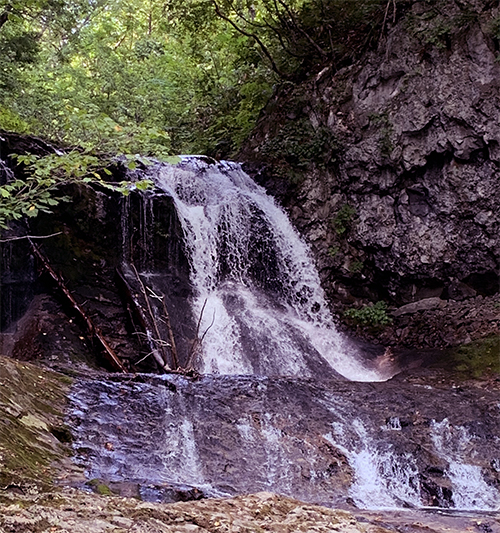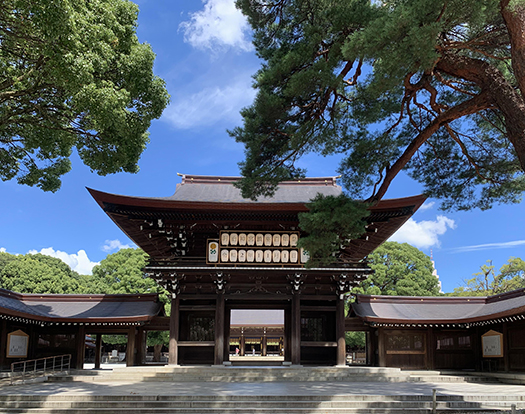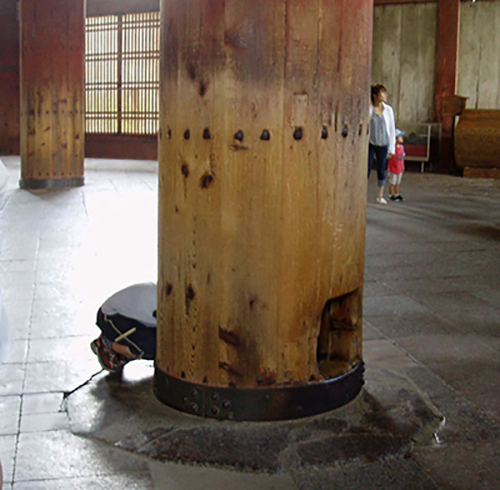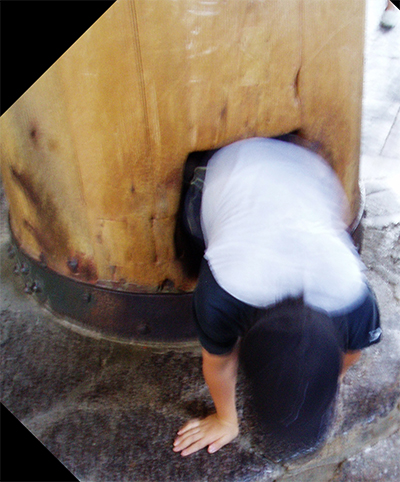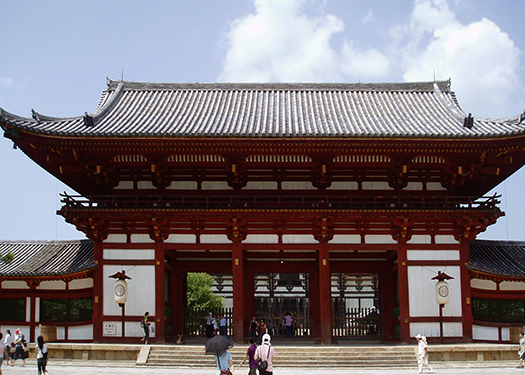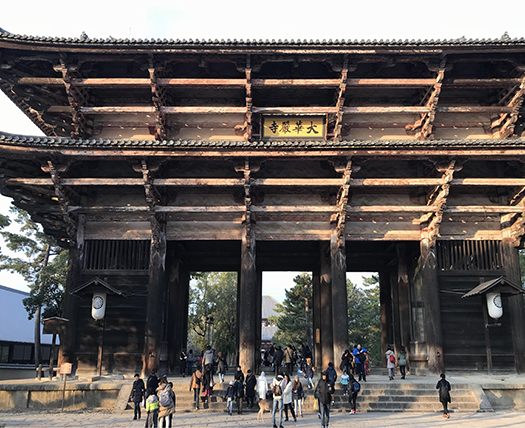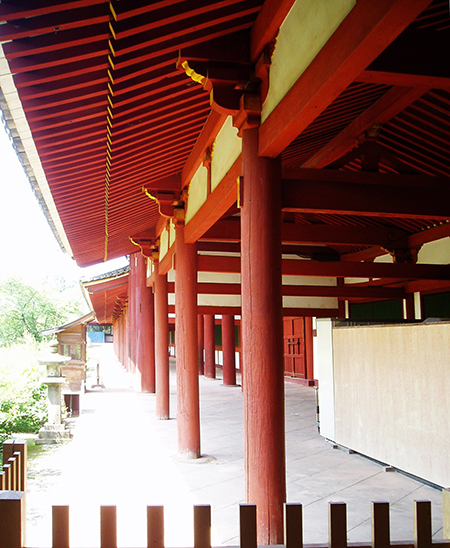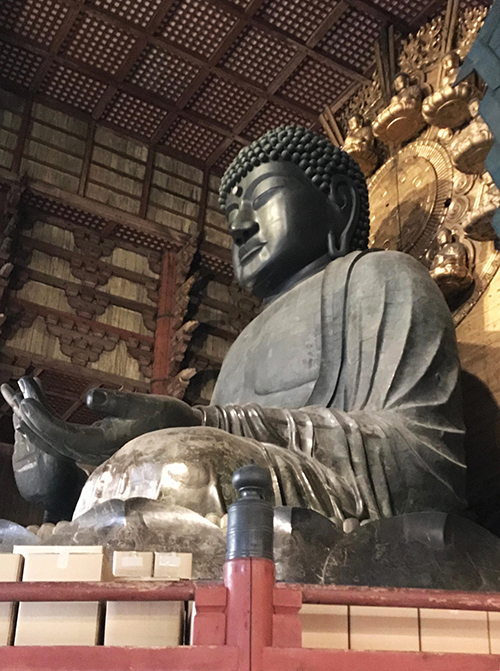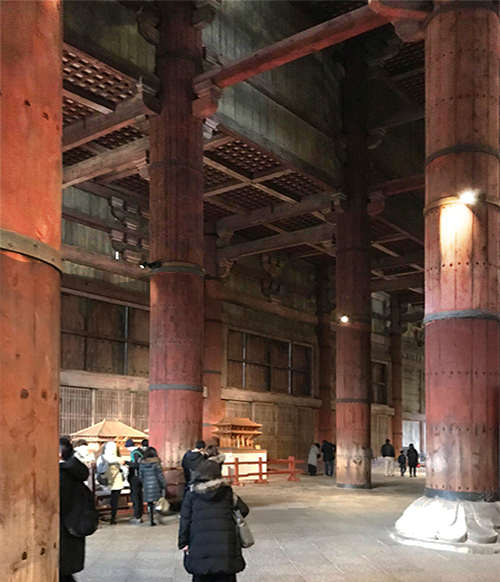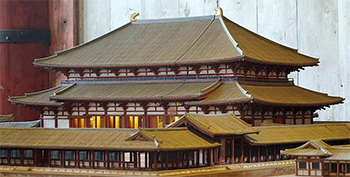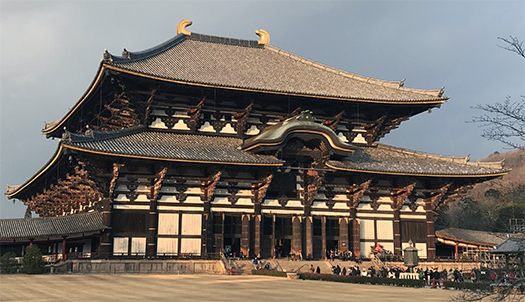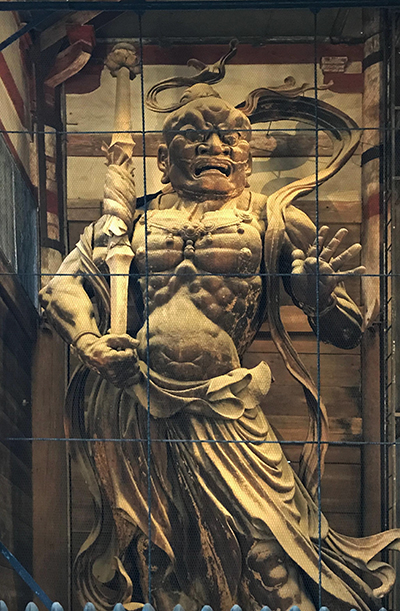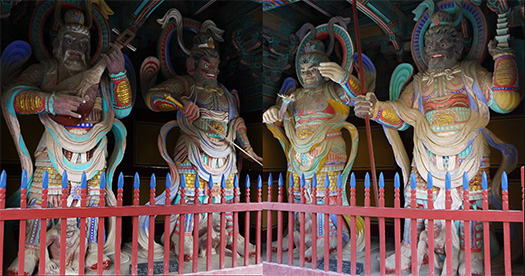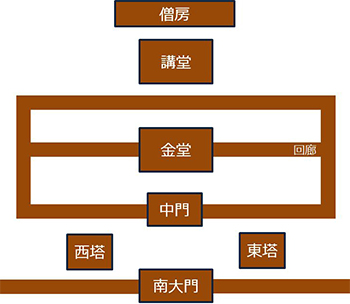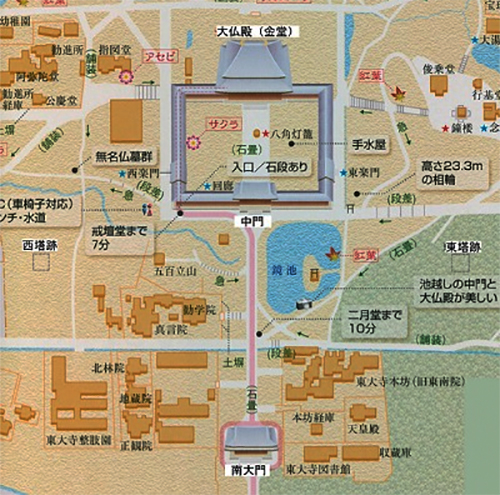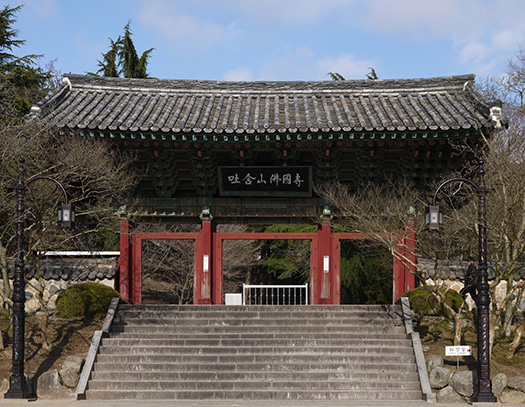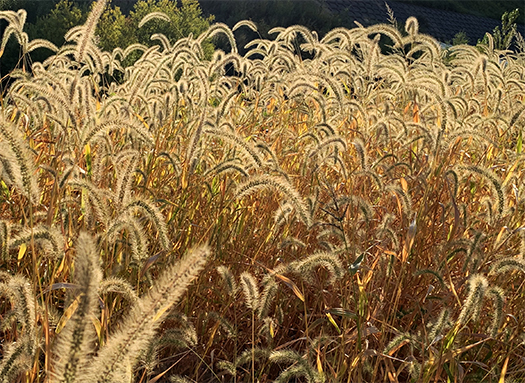
写真は最近の散歩道での名も知らぬ植物群生。
なんか、コメに似てタネをたくさん実らせ姿全体が黄金色に輝いている。
イネ科植物特有の穂波に日本人は独特の感受性を持っている。
カミさんと話していたら学校で先生が日本の国が黄金の国と言われているのは、
秋のコメの実りの風景からなんだと教えられたという話題に。
北海道札幌の景観のなかなのでコメの群生を見ることは普段はないけれど、
視覚イメージとしてコメの実りの様子を「黄金の国」と見る感覚は
日本人ならばごく自然なのかなぁと思います。
でもチョット待てと。
学校の先生としては、歴史事実としてのマルコポーロ「東方見聞録」が
ヨーロッパ世界に黄金の国ジパングと書いたことがポイントではと
個人的にやや、違和感を感じざるを得なかった。
日本で金が産出したことが日本史を大きく変えた歴史事実について
その重要性に無理解なのではないかと危惧を感じさせられた次第。
昔から経済が社会の基本であることは不変であるので、
社会的交換、交易ということは人間社会の根幹に位置する。
貨幣というものの始原的な根拠価値と金や銀という希少金属は
歴史を動かす重要な動因になり続けてきたのが現実だと思います。
マルコポーロさんはたまたま中国に冒険していって捕らえられ
その獄中で黄金の国ジパングという東洋人に普遍的な情報を聞き取った。
西洋人にとって黄金という情報ほど、血湧き肉躍るものはなかったのでしょう。
幸運にも西洋世界に帰還できた後「東方見聞録」を上梓し
それが多くの西洋人に知れ渡るところとなり、
やがて大航海時代を拓く機縁になっていったとされる。
多くの人々のロマンと欲望を刺激したであろうことは論を待たない。
日本の奥州で産金したことは、奈良の大仏開眼会が国際イベントとして
世界にその情報が知れ渡る大きなきっかけも提供した。
黄金に輝く巨大仏像のある国として好奇心と征服の野望を
大いに刺激したであろうことは常識的に理解できるでしょう。
この産金がその産地である東北地域にとって幸福であったかどうかは不明。
繰り返した奥州への暴力的征服活動が引き起こされた。
産金利権、カネに目がくらんだ中央政権の暴虐を受け続けた。
安倍氏・清原氏・藤原氏のような地域政権が成立したことは、
日本列島としては稀有な政治動向をもたらした。
日本史の中できわめて重要な動因であったことは明らかでしょう。
黄金色に輝くイネ科植物の穂波もたしかに日本らしいけれど、
なまなましい動乱要因でもあったことは忘れてはならないのではないでしょうか。
English version⬇
[Reason for being called Japan = Golden Country]
The photo shows an unknown plant vegetation on a recent promenade.
Somehow, a lot of seeds are produced like rice, and the whole figure is shining golden.
The Japanese have a unique sensitivity to Honami, which is peculiar to gramineous plants.
When I was talking to Mr. Kami, the teacher said that Japan was a golden country at school.
The topic was that I was told that it was from the scenery of the fruits of autumn rice.
I don’t usually see rice clusters because it’s in the landscape of Sapporo, Hokkaido.
The feeling of seeing the fruit of rice as a “golden country” as a visual image
I think it’s very natural for Japanese people.
But wait a minute.
As a school teacher, Marco Polo’s “The Travels of Marco Polo” as a historical fact
The point is that I wrote Zipangu, the golden country in the European world.
He had to feel a little uncomfortable personally.
About the historical fact that the production of gold in Japan changed the history of Japan significantly
As soon as I was worried that I might not understand its importance.
Since the economy has always been the basis of society,
Social exchange and trade are at the core of human society.
The primitive value of money and the rare metals such as gold and silver
I think the reality is that it has continued to be an important driving force in history.
Marco Polo happened to be adventuring to China and was caught
In his prison, he heard universal information from an oriental man named Zipangu, the Golden Land.
For Westerners, there was nothing more bloody and exciting than the information of gold.
After he was fortunate enough to return to the Western world, he published the “Eastern Memorandum”
It became known to many Westerners,
It is said that it soon became an opportunity to open up the Age of Discovery.
It goes without saying that it would have stimulated the romance and desires of many.
The fact that the money was produced in Oshu, Japan was held by the Great Buddha Opening Party in Nara as an international event.
It also provided a great opportunity for the information to be known to the world.
Curiosity and ambition to conquer as a country with a giant golden Buddha statue
You can understand in common sense that it would have been very inspiring.
It is unknown whether this gold was happy for the Tohoku region where it was produced.
Repeated violent conquest of Oshu was triggered.
He continued to be violent by the central government, which was blinded by interest rates and money.
The establishment of regional governments such as Mr. Abe, Mr. Kiyohara, and Mr. Fujiwara
It brought about a rare political trend for the Japanese archipelago.
It is clear that it was a very important motive in Japanese history.
Honami, a gramineous plant that shines in golden color, is certainly Japanese, but
It must be remembered that it was also a sloppy factor of turmoil.
Posted on 10月 6th, 2021 by 三木 奎吾
Filed under: 日本社会・文化研究, 歴史探訪 | No Comments »


